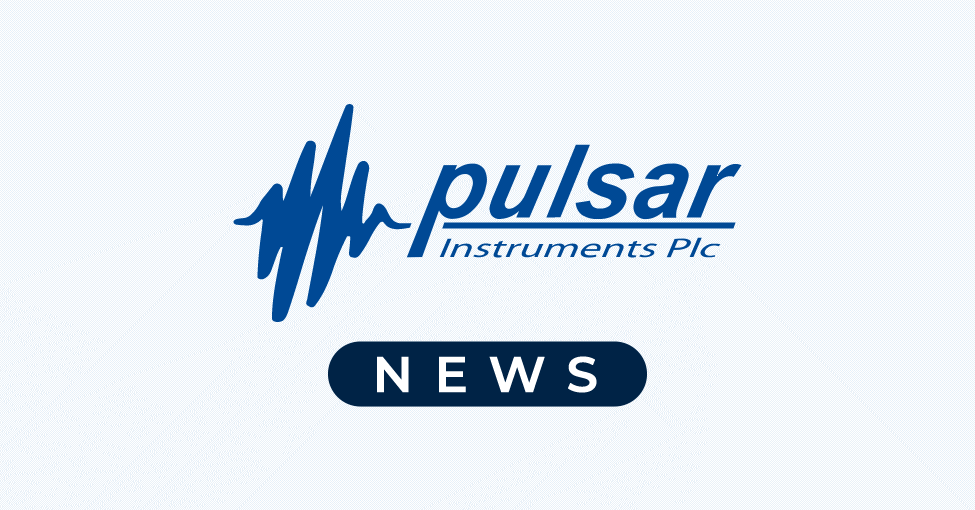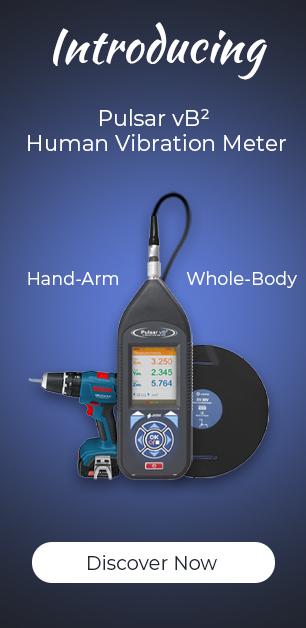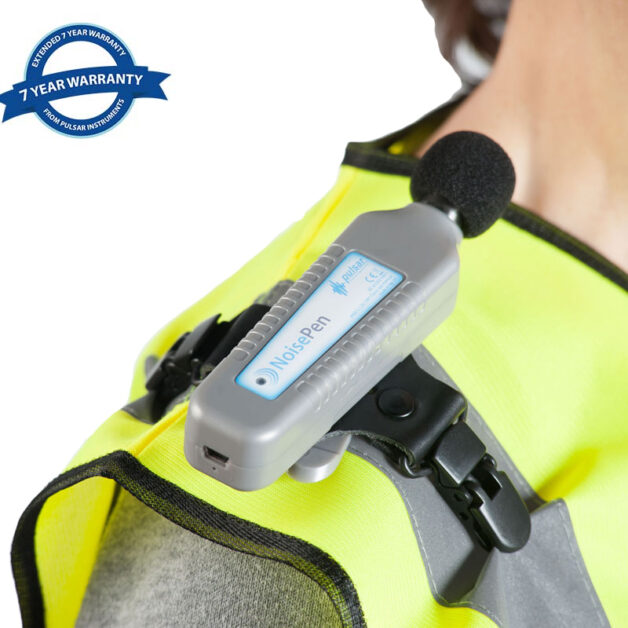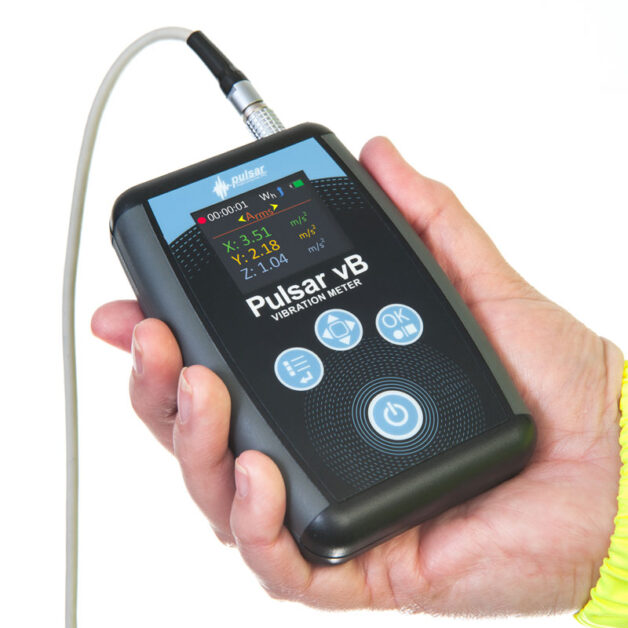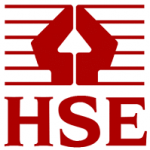
early 10 years ago, The Control of Noise at Work Regulations 2005 came into force in the UK for all industry sectors followed by the music and entertainment sectors in April 2008. The Noise Regulations in the UK are based on EU Directives which require member states across the Union to ensure that workers’ hearing is protected from excessive noise. This is not unique to the EU zone though, as noise control laws exist around the world to safeguard against industrial deafness. In the UK, by law, employers must take ‘reasonably practicable’ measures to reduce noise exposure to employees. There is ample information and guidance available if you want to know more about noise at work compliance. Here, we have summarised the key points for you.
What is occupational deafness?
A condition that results in the loss of hearing (often over a prolonged period of time or immediate following a traumatic noise event) as a consequence of a person’s working environment. It includes:
- Full hearing loss – without the use of a hearing aid nothing can be heard
- Partial hearing loss – hearing sensitivity has been reduced
- Several hearing conditions such as tinnitus (a continuous buzzing or ringing sound in the ear)
- Currently, the highest proportion of civil claims for occupational disease are for noise-induced hearing loss
- Cost per year to the UK insurance industry for deafness claims is over £70 million
About The Control of Noise at Work Regulations (2005)
- Dates that employers are deemed to be aware of noise-induced hearing loss (NIHL) vary by industry. The key date of knowledge is 1963.
- The 2005 Noise at Work Regulations replaced the 1989 Noise Regulations and introduced new requirements for action to be taken by employers. The 2005 Regulations require employers to take action to protect workers at levels of noise 5 decibels lower than in the 1989 Regulations. A big drop. They also stipulate health surveillance (hearing checks) for workers regularly exposed above 85 decibels.
- The Regulations do not apply to members of the public exposed to noise from their non-work activities, or when they make an informed choice to go to noisy places such as a concert or are exposed to nuisance noise.
How is noise measured in the workplace?
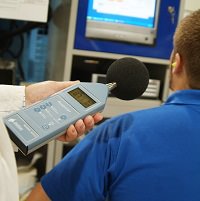
Claims against your company for noise-induced hearing loss may be made many years in the future. The only serious defense is correctly-measured noise data, made logically, and on regular basis. The key thing to establish here is how loud the noise is and how long people are exposed. Noise is accurately measured with a compliant sound level meter or personal noise exposure meter in decibels, expressed as (dB). An ‘A weighting’ also expressed as ‘dB(A)’ is used to measure average noise levels, and a ‘C weighting’ or ‘dB(C)’, is used to measure peak, impact or impulsive noises.
To calculate personal exposure, you will need to measure the sound pressure level at the different places the person works and for the different tasks carried out during a working day. An average is calculated from these values and the time spent in each place or at each task. Learn how to get started with a noise risk assessment here.
The Control of Noise at Work Regulations 2005: Action & Limit Values
The Regulations define ‘exposure action values’, levels of noise exposure which, if exceeded, require you to take specific action(s). There are ‘lower’ and ‘upper’ action values as shown below. You will need to compare your estimated noise exposure with the action values to establish what specific actions are required of you in order to reduce risk from noise.
Lower exposure action values:
- a daily or weekly personal noise exposure of 80dB (‘A’ weighted); and
- a peak sound pressure of 135dB (‘C’ weighted)
Upper exposure action values:
- a daily or weekly personal noise exposure of 85dB (‘A’ weighted); and
- a peak sound pressure of 137dB (‘C’ weighted)
Exposure limit values or maximum permissible noise level exposure to enter at operative’s ear:
- a daily or weekly personal noise exposure of 87dB (‘A’ weighted); and
- a peak sound pressure of 140dB (‘C’ weighted).
nb. the above exposure limit values take account of any reduction in exposure provided by hearing protection.
Noise at Work regulations: employer’s duties
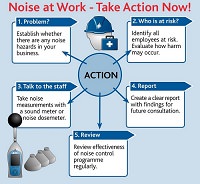
Where the risks from noise are high, you should manage them using a prioritised noise-control action plan which must include:
- Assessment of risk by a ‘competent person’ to assess noise levels (Regulation 5)
- Control of noise at source (Regulation 6)
- Provision of suitable hearing protection (Regulation 7)
- Maintenance and use of PPE equipment (Regulation 8)
- Health surveillance (Regulation 9)
- Information, instruction and training about noise levels and noise damage (Regulation 10)
Noise at Work regulations (2005): summary
- Less reliance on PPE
- Noise control at source
- Reports with ‘Action Plan’ rather than hundreds of pages of measurements
- Health surveillance is required for people with exposures of 85dB(A) or above
Further reading on workplace noise control and The Control of Noise at Work Regulations
For more information on how to manage noise at work, visit the HSE’s website. Alternatively, you can Download our FREE Employers’ guide to controlling workplace noise.
We hope this article has given you a good overview of what is required of you as an employer or safety professional to achieve noise at work compliance. Please contact us on 01723 518011 to discuss further.
